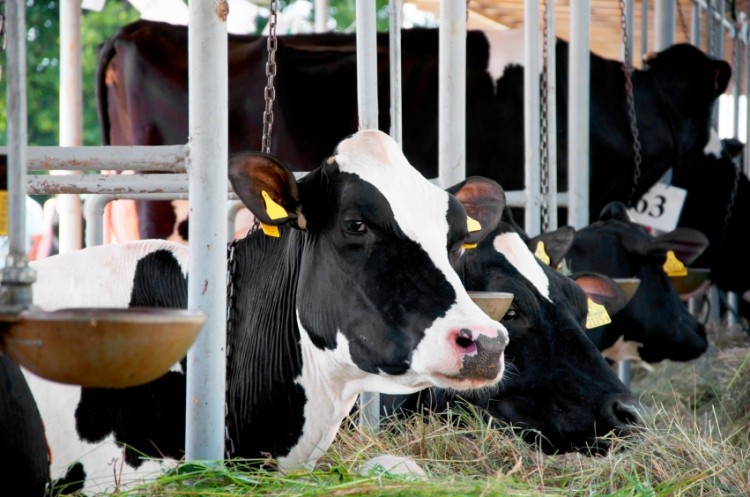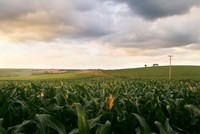It may soon be easier to track the effects of feed, diet and climate on US dairy cows

“The main utility of this for a dairy producer or a feed company supplying a dairy producer, is what they’re looking at with milk production of dairy fats and milk protein, and whether those components are where they should be in terms of peer groups or cohorts, and whether they’re in balance or they’ve got an outlier situation,” Clayton Gill, Diamond V communications manager, told FeedNavigator.
Trend data information covers changes in milk fat and protein levels and is published on a monthly basis through DV Monitors, he said. It offers 18 months of data from high-preforming Holstein dairies that have previously worked with Diamond V.
Although there are some similar data sets available, he added, others tend to mix information from Holstein and Jersey cows; in this tool the data will be separate for the different breed s. A separate set of trend data about Jersey cows is set to be released later.
Information from different parts of the country has been split into regions with at least 30 herds in every region – California, the Pacific Northwest, Southwest and Upper Midwest – he said, as producers in those areas have access to similar feed supplies and climate conditions.
“If you go to California and you talk to the dairy producers, they’re in almost a different country,” he said. Dairy producers in that area have access to products like tomato pumice, carrot tops and almond hulls that producers in other parts of the US are less likely to use.
What it means to be an outlier
While some fluctuation in the amounts of milk fat and protein may be expected throughout the year, a farm with a trend that is different than similar farms in the same part of the country may be experiencing a problem, said Gill.
“Producers can use DV Monitors in different ways, but it gives them an idea of what producers who are similar to them are doing in these two categories,” he said. “The one reason we’re bringing it out now is everybody really ought to be able to see what’s happening.”
Implications for feed producers and manufacturers
Additionally, the information provided can be a tool to help producers and feed manufacturers work together, said Gill.
“The feed manufacturer is able to say, ‘Let’s look at what the top herds are doing,’ and the feed company nutritionist or feed sales person is able to say, ‘Looks like you’ve got an outlier situation and let’s get to the bottom of it,’” he said.
When a producer’s herd data deviates from the current trends it could be a signal that something has changed with the make-up or ingredients in the feed, or it could be a sign of a disease or unknown factor, he said.
“When you’re able to compare animals to others, then you’re able to make judgements about if it’s a subclinical disease or (if your cows) could benefit from a change in diet, a different mineral or vitamin balance, or if it’s something where you want to separate those cows from the rest of the herd; or if you can ignore it because you’re in the midst of another effect,” he said. If a number of other producers in the same area are seeing the same drop then the cause may lie outside of one farm.
Normal variation in production
Throughout the year seasonal fluctuations are expected in the amounts of milk fat and protein that cows produce, said Bill Sanchez, director of tech services and field research with Diamond V.
“Milk fat varies much more than protein and is affected by both environmental and biological processes within the animal,” he said.
However, there also can be other causes to the rise and fall of protein or fat levels, he said. Lower milk fat levels are caused by a process where certain fatty acids are produced that reduce milk fat synthesis when they move out of the rumen and are absorbed through the small intestine and pass to the mammary gland.
The specific acids are created through an abnormal biohydrogenation of unsaturated fats which normally starts with multiple influences stemming from diet and management of the animal.
“Factors that affect milk protein are less understood, but are likely related to amino acid nutrition and the production of rumen microbes that affect amino acid flow to the small intestine,” he said. “The latest focus on milk protein has been on improving the efficiency of feed protein and feeding lower crude protein in the diet.”
The trends data included in the report will allow feed suppliers to give their buyers a better sense of what normal regional variation is, he added.
“Commercial feed companies that simply understand this information will provide value to their dairy customers by letting them know what the normal seasonal patterns are and how these patterns differ between northern and southern regions,” said Sanchez. “Producers will be able to better manage their components when they know when they differ from the normal variation that occurs across seasons.









